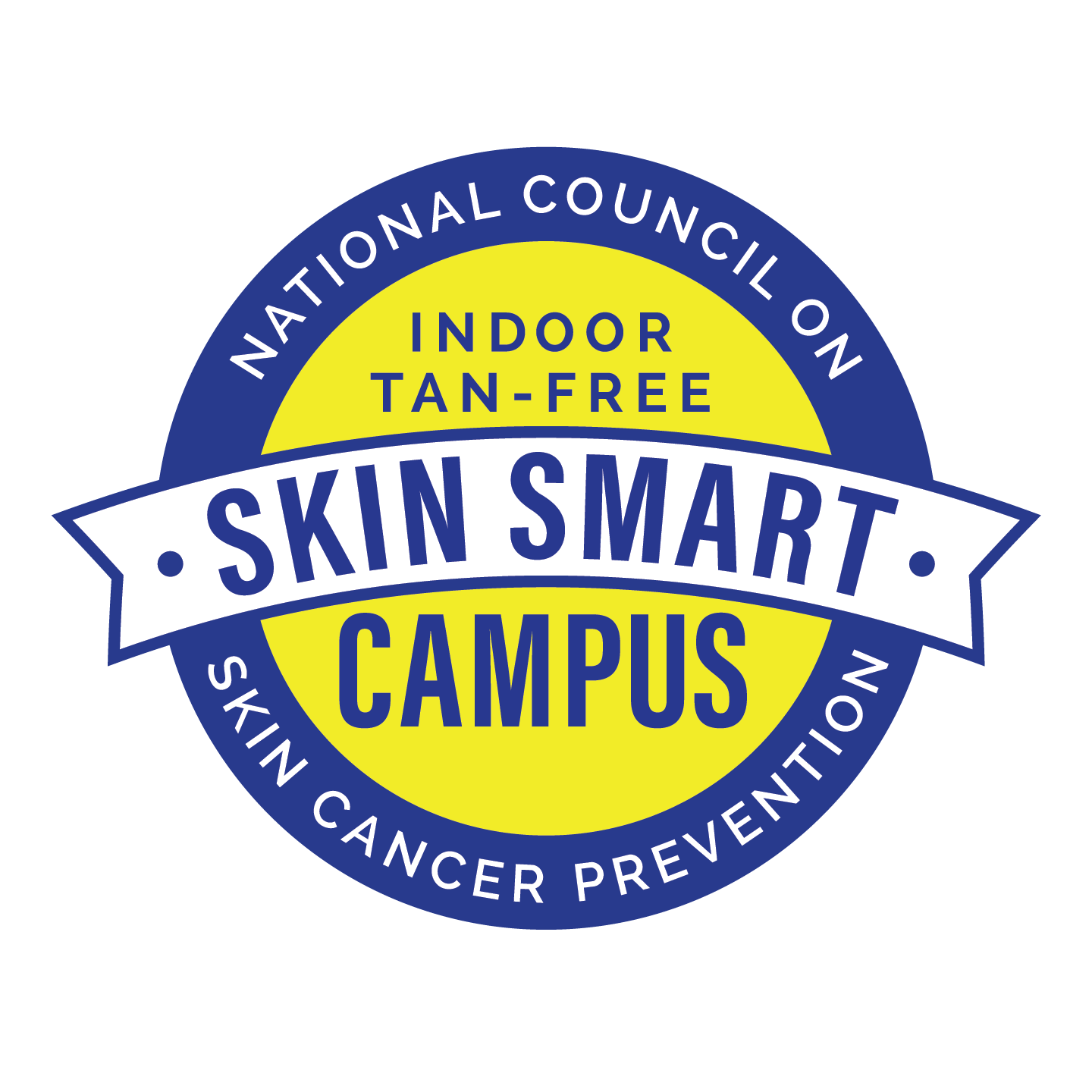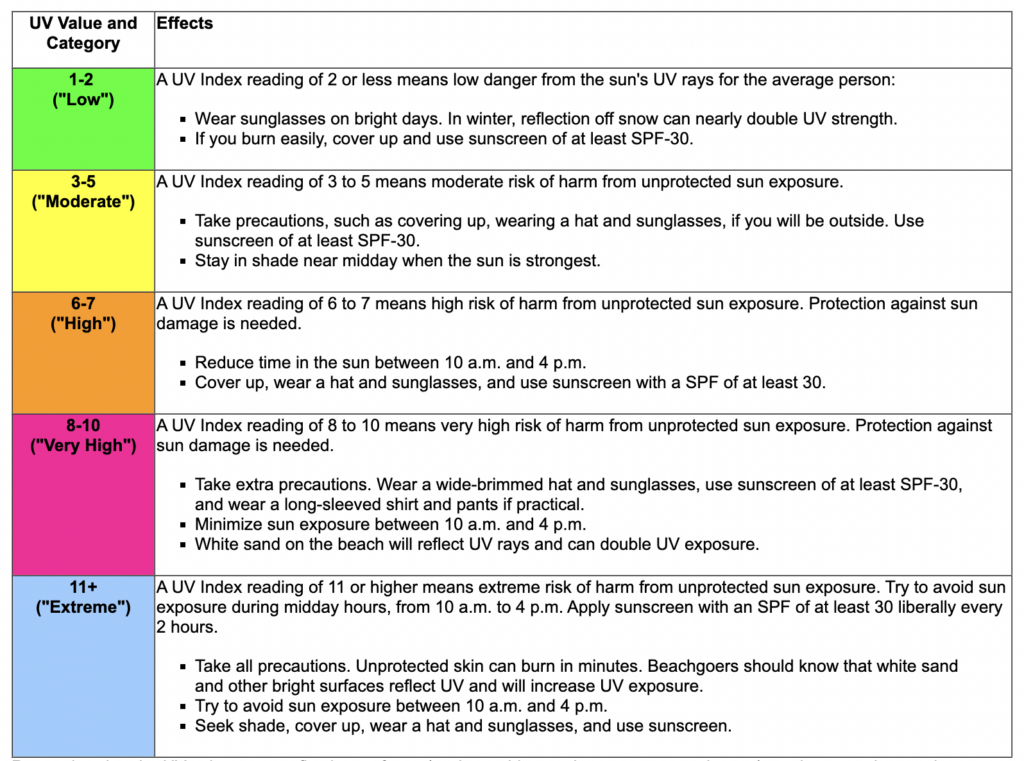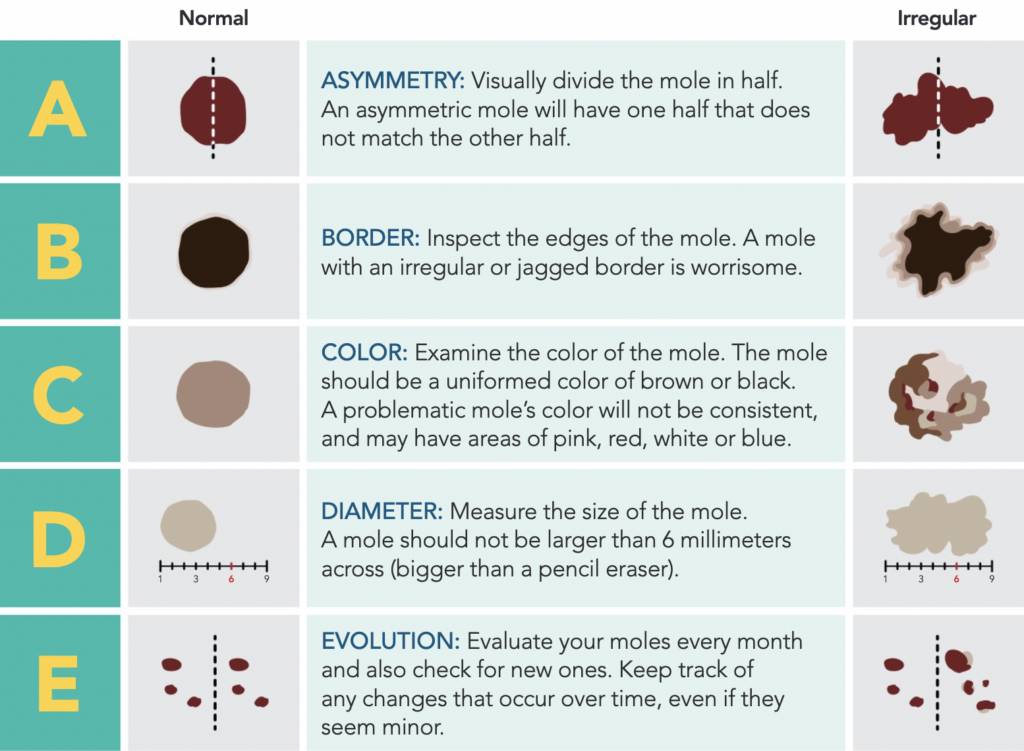Skin Smart Campus

Georgetown University and its School of Medicine have been recognized as Skin Smart Campuses by The National Council on Skin Cancer Prevention. They have pledged to keep indoor tanning devices off campus and out of affiliated buildings, provide safe learning and living environments, and promote skin cancer prevention policies and education.
The Indoor Tan-Free Skin Smart Campus Initiative is sponsored by the National Council on Skin Cancer Prevention in response to the 2014 U.S. Surgeon General’s Call to Action to Prevent Skin Cancer which concluded that there is a strong association between increased risk of skin cancer and indoor tanning use. Ultraviolet (UV) radiation exposure from indoor tanning is completely avoidable which allows for interventions to help reduce skin-cancer related illness and deaths. Numerous studies have found that skin cancer is the most common type of cancer in the United States, with melanoma as one of the most common cancers diagnosed among young adults. According to the International Agency for Research on Cancer Working Group, the use of indoor tanning facilities before the age of 35 increases the risk of developing melanoma by 75%.
Sunscreen dispenser locations:
Main Campus
- Information desk in the Leavey Center by footbridge
- Information desk in the Healey Family Student Center
- Information desk in Yates Field House
- Entrance of Thompson Athletic Center facing bus loop
- Entrance of Thompson Athletic Center facing Cooper Field
School of Medicine
- Entrance of Dahlgren Memorial Library near cafe
- Front entrance of the Medical-Dental building
Skin Cancer
Skin cancer is the most common cancer in the U.S.
- 3 major types: basal cell carcinoma, squamous cell carcinoma, and melanoma
- While carcinoma is more common than melanoma, melanoma is the deadliest form of skin cancer
- Ultraviolet (UV) radiation from the sun or from a tanning device can cause dangerous, lasting damage to your skin
Common Risk Factors for Skin Cancer:
- Light skin, or skin that burns, freckles, or reddens easily (but skin of all colors can get skin cancer)
- Large number of moles
- Personal or family history of skin cancer
- History of unprotected sun exposure–even without a burn; skin damage is cumulative!
- History of sunburns, especially in early life
- Indoor tanning
- The average tanning bed gives off 2 to 10x more UV radiation than the sun
- Using tanning beds before the age of 35 increases risk for developing melanoma by 75%
Skin Cancer in People of Color
Even if you have a darker skin tone, always tan, or rarely burn, you can still get skin cancer. No matter your skin tone, UV radiation can lead to skin damage, premature aging, and hyperpigmentation. Protecting your skin is important!
- Skin cancer is often diagnosed later in people of color, making it harder to treat
- Melanoma in people of color most often occurs on the palms of the hands, soles of the feet, under the nail (subungual) and in the nail areas
Preventing UV Light Exposure
Most skin cancers are caused by exposure to UV light and can be prevented with sun safety practices:
- Seek shade
- Find shade under a dense tree canopy, shade sail, or pavilion
- Carry a sun umbrella for personal shade
- Use a pop-up UV shelter when at the beach or park
- When possible, stay out of the sun from 10 AM – 4 PM (when UV radiation is the strongest)
- Wear sunscreen
- Broad spectrum UVA and UVB, SPF 30+
- Reapplication is necessary every 2 hours and after swimming, sweating, or toweling off
- Most people do not put on enough sunscreen – aim for 1 oz spread evenly over all visible skin
- Wear protective clothing
- Long sleeves/pants with a dense weave or built in UPF
- Wide-brimmed hat
- Closed-toe shoes and socks that cover the ankle
- Wear sunglasses
- Choose sunglasses with a UV protective coating
- Helps protect the delicate skin around our eyes
- Helps reduce risk of cataracts and macular degeneration
- UV Index
- Know before you go!
- Consider checking the UV index which can often be found on your preferred weather app or on the EPA’s website
- Dermatologists recommend the above sun safety measures when the UV index is 3 and above
- As levels approach 6 and above, it’s best to limit your time in the sun

*Chart adopted from The National Weather Service
ABCDEs of Melanoma
Melanoma is the deadliest form of skin cancer. However, when detected early, melanoma is highly treatable. Know your skin. If you see any of these warning signs, show them to your provider right away.

*Chart adopted from The Melanoma Research Foundation
Additional Resources
Want to learn more? Check out the following resources:
Skin Cancer Foundation
Skin Cancer Facts and Statistics
Skin Cancer in People of Color
American Academy of Dermatology
David Cornfield Melanoma Fund
A Neutrogena Studios Documentary
If you have any questions regarding the Skin Smart Campus initiative, please contact Dr. Kathryn Castle (kc1252@georgetown.edu) and David Perez (dp845@georgetown.edu).
